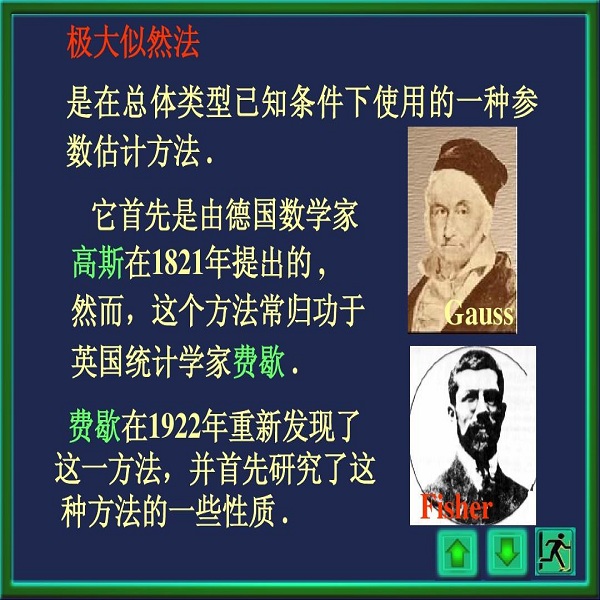The tensor Ising model is a discrete exponential family used for modeling binary data on networks with not just pairwise, but higher-order dependencies. A particularly important class of tensor Ising models are the tensor Curie-Weiss models, where all tuples of nodes of a particular order interact with the same intensity. The maximum likelihood estimator (MLE) is not explicit in this model, due to the presence of an intractable normalizing constant in the likelihood, and a computationally efficient alternative is to use the maximum pseudolikelihood estimator (MPLE). In this paper, we show that the MPLE is in fact as efficient as the MLE (in the Bahadur sense) in the $2$-spin model, and for all values of the null parameter above $\log 2$ in higher-order tensor models. Even if the null parameter happens to lie within the very small window between the threshold and $\log 2$, they are equally efficient unless the alternative parameter is large. Therefore, not only is the MPLE computationally preferable to the MLE, but also theoretically as efficient as the MLE over most of the parameter space. Our results extend to the more general class of Erd\H{o}s-R\'enyi hypergraph Ising models, under slight sparsities too.
翻译:高离子模型是一个离散的指数式家族,用来模拟网络上的双向数据,不仅对齐,而且更高顺序依赖性。一个特别重要的“高离子”模型类别是“高离子”模型,所有特定顺序节点的图普都与同一强度发生相互作用。在这个模型中,最大可能性估计值(MLE)并不明确,因为有可能存在一个棘手的正常常数,计算效率的替代办法是使用最高假象估计值(MPLE)。因此,在本文中,我们显示MPLE实际上与$-斯潘模型的MLE(巴哈多尔语意义)一样有效,对于高于1美元或2美元的单点点点点点的所有值来说也一样有效。即使无效参数恰好位于门槛和$/log 2之间的非常小窗口内,它们也同样有效,除非替代参数很大。因此,MPLE不仅在计算上优于MLE,而且在理论上也比MLE值高, 并且比我们最普通的SiA值值高的ER 。




